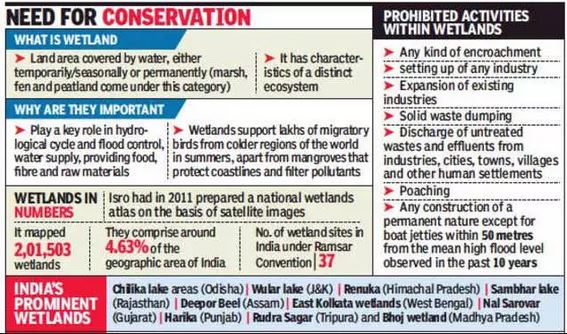|
Safeguarding Water Bodies
with Community Participation Water is the most important natural resource for maintaining life. Unfortunately, water supply is now getting dry at an alarming rate. India has 18% of the world’s population but just 4% of the world’s water resources. Development Alternatives (DA) has made ongoing efforts to safeguard water bodies and raise community knowledge about water conservation and water body preservation. DA’s initiative, ‘Humare Talab Humari Pehchan’, aims to work on tank rejuvenation in Dadri tehsil in Gautam Buddha Nagar district of Uttar Pradesh. According to the Central Ground Water Board's Ground Water Resources Assessment of 2017, Dadri's groundwater condition is classified as “semi critical”. The groundwater table has receded below 30 metres in Gautam Buddha Nagar due to excessive use. According to the baseline survey completed under DA’s initiative, over 58% of the 354 houses surveyed in Dadri had tap water facilities, and there was no reliance on tanks for water, either for domestic or irrigation purposes. One of the key reasons for this is the poor state of the district’s water tanks.
Image source: https://timesofindia.indiatimes.com/india/national-water-policy-in-the-pipeline-but-states-still-divided/articleshow/73681298.cms The acceleration of industrialisation, combined with high population expansion, has hastened the process of water depletion. Some of the key factors contributing to tank deterioration include a lack of systematic drainage, which allows untreated water to infiltrate clean water bodies, and improper waste management. Furthermore, inadequate tank management due to a lack of tank ownership by community members and a lack of emotional attachment to the surrounding water bodies is a source of concern.
Thus, as part of the DA's ‘Humare Talab
Humari Pehchan’ initiative, a number of big activities, such as wall
painting, street plays, and ‘Paani ki Paathshala’ were planned to raise
social awareness in the four villages selected in Dadri tehsil: Dujana,
Kachera Varsabad, Bishnoli and Talabpur Hathipur. The campaign reached
out to 328 children and educated them on the necessity of water body
protection.
The policy specifically states that water
must be managed as a community resource held by the State under the
public trust doctrine, while also emphasising the necessity to handle
water as an ‘economic good’. Furthermore, the new policy purposefully
ignores a critical point: prioritising competing water users, allowing
for flexibility in distributing water for industrial use even at the
expense of agriculture.
Image source: https://www.civilsdaily.com/story/wetland-conservation/
Growing population pressure on natural
resources, exacerbated by migration, leads to a shortage of urban space
and, as a result, reclamation of wetlands. Another issue is that several
agencies prescribe the use of India’s wetlands, resulting in authority
overlaps in areas such as wetland reclamation. Wetlands are managed by
the Union Ministry of Environment and Forests, although other agencies
like as ministries/departments of fisheries, ocean development,
agriculture, water resources, power, and tourism also come in the
picture. References:
1. https://www.downtoearth.org.in/blog/water/challenges-in-the-management-of-water-in-india-58275
Shaurya Garg
|

